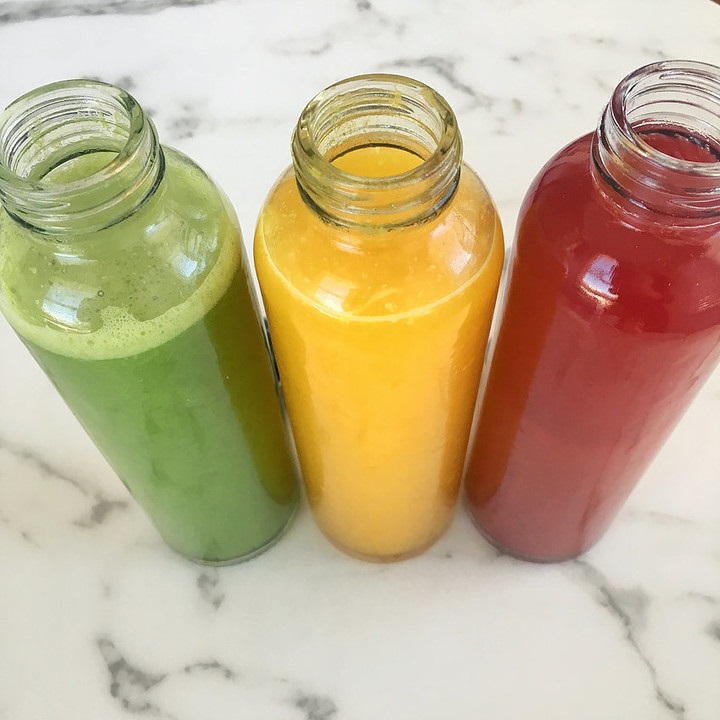
Juicing has become a popular health trend, but many people believe that they need a specialized juicer to enjoy fresh fruit and vegetable juices. This misconception can discourage those on a budget or with limited kitchen space from trying their hand at juicing. Fortunately, there are easy and effective ways to make delicious juices without a juicer, allowing you to reap all the health benefits while saving money. In this article, we’ll explore how to juice without a juicer, specifically featuring ten simple recipes that utilize budget-friendly fruits like bananas and avocados. Additionally, we will provide techniques and tips to help you create refreshing beverages at home.
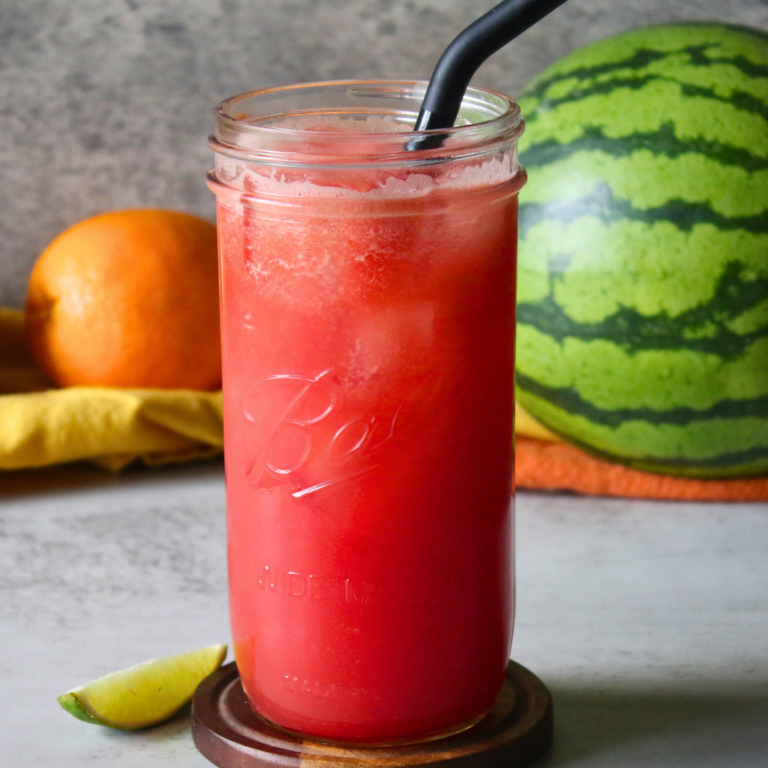 The Benefits of Juicing Without a Juicer
The Benefits of Juicing Without a Juicer
Before diving into the specifics of how to juice without a juicer, let’s discuss the multiple advantages that come with this approach:
Cost-Effective
Investing in a high-quality juicer can be quite costly, typically ranging from $50 to several hundred dollars. However, by learning how to juice without the need for an expensive appliance, you can still enjoy delicious, fresh juices while avoiding this initial financial burden. In fact, all you need are some common kitchen tools, such as a blender or food processor, along with basic filtering equipment. By utilizing these readily available items, you can easily create your own nutritious juices at home.
Versatile Ingredients
Juicing without a juicer opens up a world of possibilities regarding ingredients. Moreover, you can experiment with various fruits and vegetables, which allows you to discover unique flavor combinations that suit your tastes. Whether you’re a fan of sweet or savory flavors, you can customize your juices to create delightful concoctions tailored to your preferences.
Nutritional Control
When you juice without a juicer, you have complete control over what goes into your drink. This level of control enables you to steer clear of added sugars, chemicals, and preservatives that are often present in store-bought juices. Furthermore, it allows you to select organic produce and experiment with various ingredients that align with your dietary goals, ultimately promoting a healthier lifestyle. By making these conscious choices, you can enhance both the quality and nutritional value of your juices.
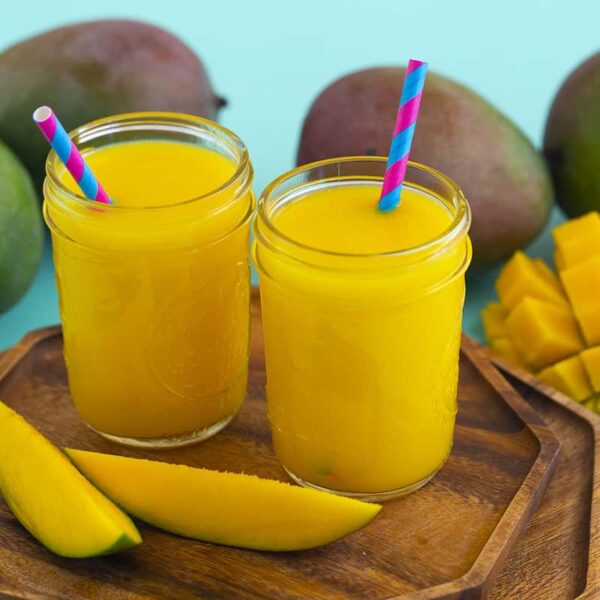 Tools You’ll Need for Juicing Without a Juicer
Tools You’ll Need for Juicing Without a Juicer
Blender or Food Processor
A blender or food processor is essential for breaking down fruits and vegetables into a smooth consistency. When choosing a blender, opt for one with a high power level to ensure efficient blending.
Low-Cost Filtering Alternatives
- Coffee Filters: These options provide a fantastic and economical method for straining juice. Specifically, by using a coffee filter placed in a sieve or set over a bowl, you can easily separate the pulp from the liquid. This simple technique allows you to enjoy a smoother juice while minimizing waste.
- Cheesecloth or Muslin: Another excellent choice, this fabric works well for straining juices and can be reused multiple times. To use it, simply pour the blended mixture into the cheesecloth and squeeze to extract the juice effectively.
- Fine Mesh Strainer: If you have one on hand, a fine mesh strainer can also serve as an effective tool for removing pulp, allowing you to achieve a smoother juice consistency.
Kitchen Scale
While not essential, a kitchen scale can help you measure your ingredients accurately. This can be particularly useful in maintaining consistent flavor profiles across batches of juice.
How to Juice Without a Juicer: Step-by-Step Guide
Now that you are familiar with the benefits of juicing without a juicer and what tools you’ll need, let’s dive into the step-by-step process of making juice at home.
Choosing Your Ingredients
Select fruits and vegetables that you’d like to juice. For instance, bananas, avocados, oranges, strawberries, and cucumbers are excellent options, as they yield tasty juices and are easy to work with. Furthermore, remember to use ripe fruits for maximum sweetness!
Prepare Your Ingredients
- Wash and Chop: First and foremost, thoroughly wash all fruits and vegetables to remove dirt and pesticides. Additionally, for larger items like apples, cucumbers, or citrus fruits, chop them into manageable pieces to ease the blending process. This step is crucial for ensuring both cleanliness and a smoother blending experience.
- Peeling: If using skins or peels that may be tough or thick (like oranges), consider peeling them to enhance the flavor of your juice. However, with softer fruits like bananas and avocados, simply remove the skin and discard.
Blending
- Add to Blender: Firstly place your prepared fruits and vegetables into the blender. For instance, for fruits like bananas and avocados, you may want to consider combining them with a liquid base such as almond milk, coconut water, or even water to aid the blending process. This will not only help achieve a smoother consistency but also enhance the flavor of your juice.
- Adjust Consistency: Blend until smooth. If your mixture is too thick, add small amounts of liquid until you achieve a pourable consistency. Scrape down the sides as needed to ensure all ingredients are incorporated.
Straining
- Set Up Your Filter: If you are using a coffee filter, cheesecloth, or fine mesh strainer, place it over a bowl or pitcher to catch the juice.
- Pour the Mixture: Carefully pour the blended ingredients into the filter and allow the juice to strain through the material. Additionally, if you are using cheesecloth, you may want to gather the cloth and twist it to squeeze out any excess juice.
- Remove Pulp: Discard the pulp left behind in the filter. You can also consider repurposing this pulp in recipes like smoothies or baking for added fiber.
Serve and Enjoy
Transfer your freshly made juice into glasses. This is the perfect time to add additional ingredients based on your preferences, such as fresh herbs (mint or basil), a squeeze of lemon, or a sprinkle of cinnamon. If desired, serve over ice for a refreshing drink.
 10 Delicious Juice Recipes Using Budget-Friendly Fruits
10 Delicious Juice Recipes Using Budget-Friendly Fruits
1. Classic Banana Smoothie
Ingredients:
- 2 ripe bananas
- 1 cup almond milk
- 1 tablespoon honey or stevia (optional)
Instructions: Blend until smooth, strain if desired, and enjoy a creamy beverage.
2. Creamy Avocado Banana Shake
Ingredients:
- 1 ripe avocado
- 1 banana
- 1 cup coconut water
Instructions: Blend until creamy. Adjust the sweetness with honey if you prefer.
3. Tropical Orange-Banana Juice
Ingredients:
- 2 oranges
- 1 banana
- 1 teaspoon ginger (grated)
Instructions: Peel and section the oranges, blend with bananas and ginger, then strain through a coffee filter.
4. Berry Bliss Juice
Ingredients:
- 1 banana
- 1 cup mixed strawberries and blueberries
- 1 cup apple juice or water
Instructions: Blend, strain if desired, and serve as a refreshing juice.
5. Avocado Citrus Juice
Ingredients:
- 1 avocado
- 1 orange
- 1 lemon
Instructions: Squeeze the citrus juices, add avocado, blend, and serve.
6. Banana Coconut Milkshake
Ingredients:
- 2 ripe bananas
- 1 can coconut milk
- ¼ cup cocoa powder (optional)
Instructions: Blend until smooth, and strain through a fine mesh sieve for a lighter texture.
7. Green Protein Smoothie
Ingredients:
- 1 banana
- 1 cup spinach
- 1 cup almond milk
- 1 tablespoon protein powder (optional)
Instructions: Blend and strain, then enjoy a nutritious boost.
8. Peanut Butter Banana Shake
Ingredients:
- 1 banana
- 2 tablespoons peanut butter
- 1 cup milk of choice
Instructions: Blend until smooth, and use a filter for a silkier texture.
9. Chocolate Banana Delight
Ingredients:
- 1 banana
- 1 cup almond milk
- ¼ cup unsweetened cocoa powder
Instructions: Blend to creamy perfection, strain if desired, and serve.
10. Spiced Banana Chai Smoothie
Ingredients:
- 1 banana
- 1 cup brewed chai tea (cooled)
- 1 tablespoon honey
Instructions: Blend all ingredients, and strain if preferred.
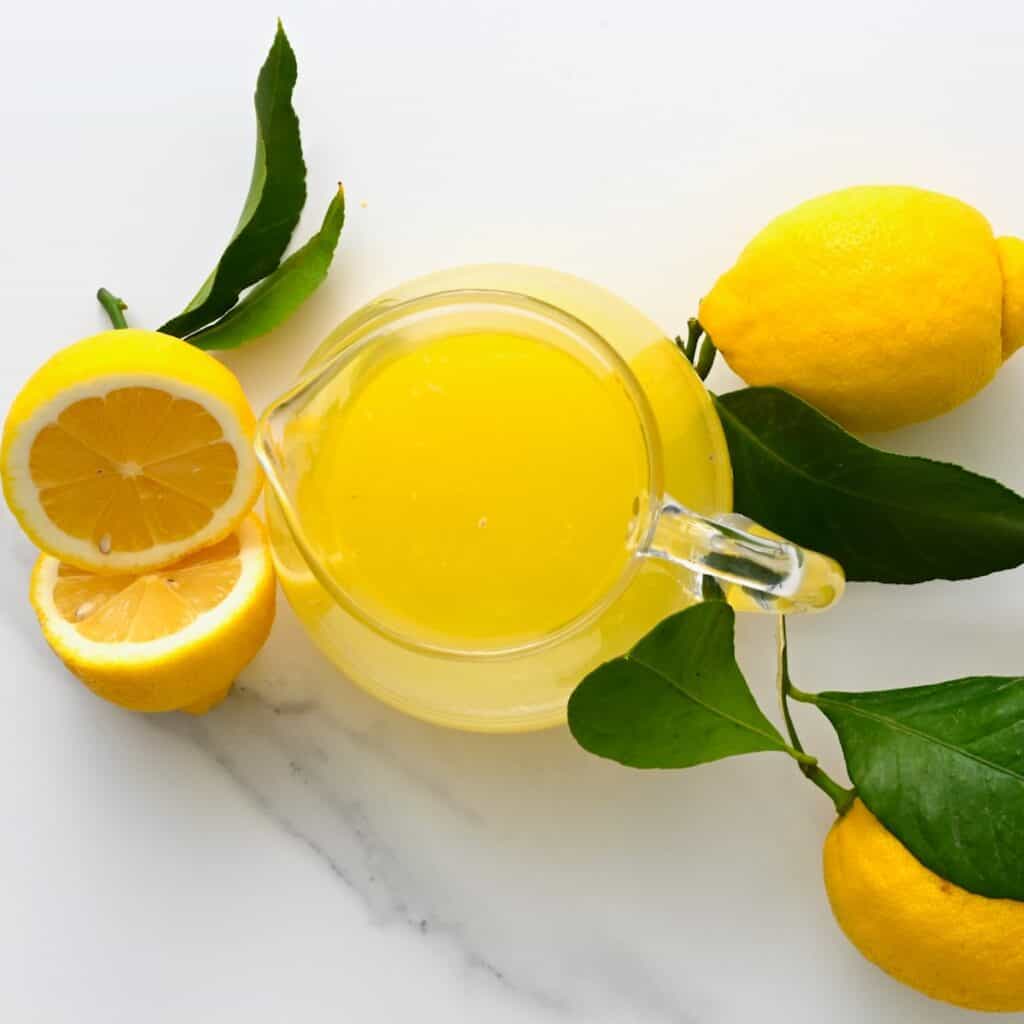 Tips for Successful Juicing Without a Juicer
Tips for Successful Juicing Without a Juicer
Control Consistency and Quality
- Start with Fresh Ingredients: Using fresh, high-quality fruits and vegetables yields the best flavors and ensures optimal nutrient retention.
- Experiment with Textures: If a recipe feels too thick post-blending, try adding small amounts of water or another liquid incrementally until you achieve your desired texture.
- Blend Until Smooth: Ensure that you blend your ingredients adequately to break them down fully. This level of blending can reduce pulp and improve the final result.
Utilizing Alternative Equipment
- Food Processors: If you have a food processor available, use it to break down the ingredients before straining for a thicker juice.
- Pressure Mash: Consider using a potato masher or fork to mash softer fruits like bananas, and then combine them with a liquid base before straining.
- Manual Juicers: Citrus fruits can easily be juiced using a manual citrus juicer, squeezing out juice directly without additional equipment.
Troubleshoot Common Juicing Problems
- Pulp in Your Juice: If you find unwanted pulp remaining, ensure you are using a fine mesh strainer or a thicker coffee filter to catch the tiny bits.
- Watery Juice: If your juice turns out too watery, try reducing the amount of additional liquid you add to your blended fruit mixture or lessen the dilution during straining.
- Flavor Adjustments: For bland juices, adding a pinch of salt, a splash of citrus, or some fresh herbs can elevate the flavor profile and enhance your drink.
 Conclusion: Juicing Made Easy and Affordable
Conclusion: Juicing Made Easy and Affordable
In conclusion, learning how to juice without a juicer opens up a world of opportunities for creating fresh, flavorful drinks right at home. With a few simple kitchen tools and some creative recipes, anyone can enjoy delicious, nutritious juices without the need for expensive equipment.
By following the straightforward steps and tips laid out in this guide, you can craft a variety of unique and satisfying beverages tailored to your tastes. Whether you keep it classic with bananas or venture into tropical flavors, the possibility for creating homemade juices is endless.
So, roll up your sleeves, gather your favorite fruits, and kick-start your journey into the delightful world of juicing—without the juicer! Embrace the creativity and health benefits of juicy concoctions made by your own hands, and rejoice in the fact that refreshing, nutrient-rich drinks can be both budget-friendly and delicious!
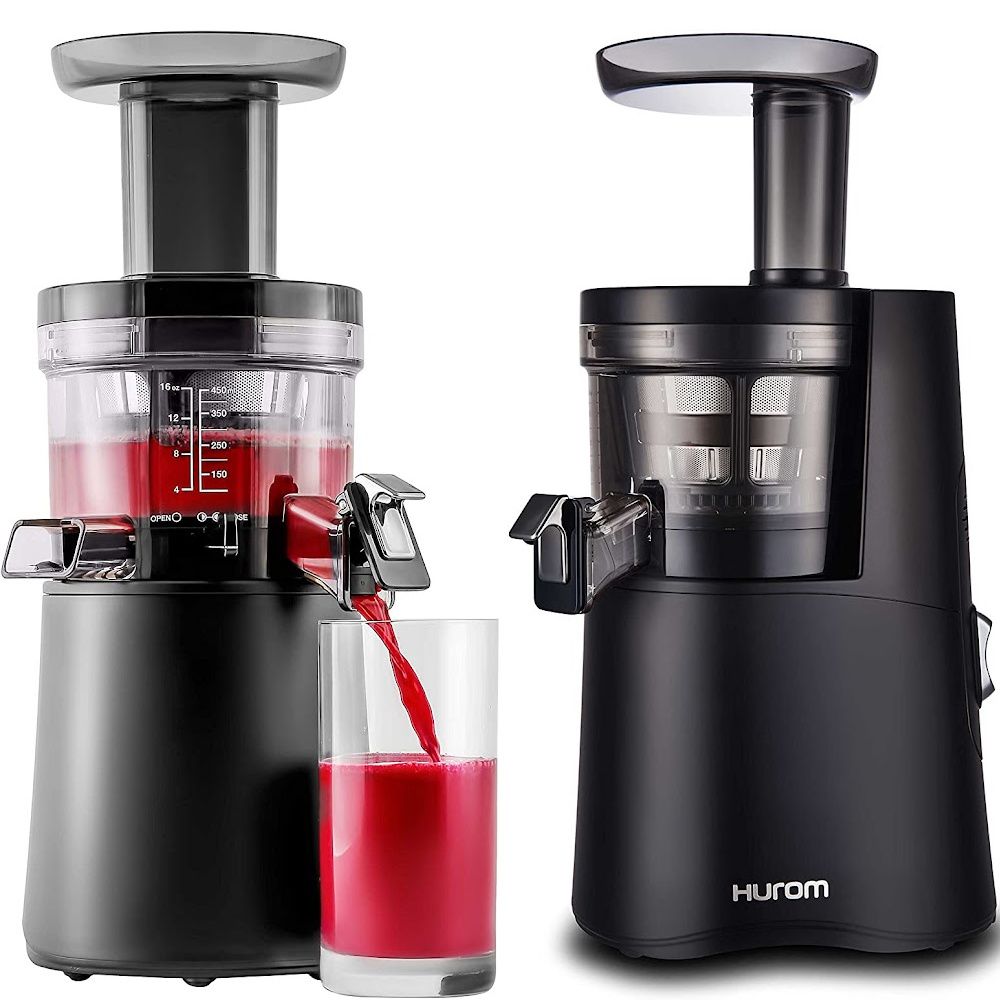
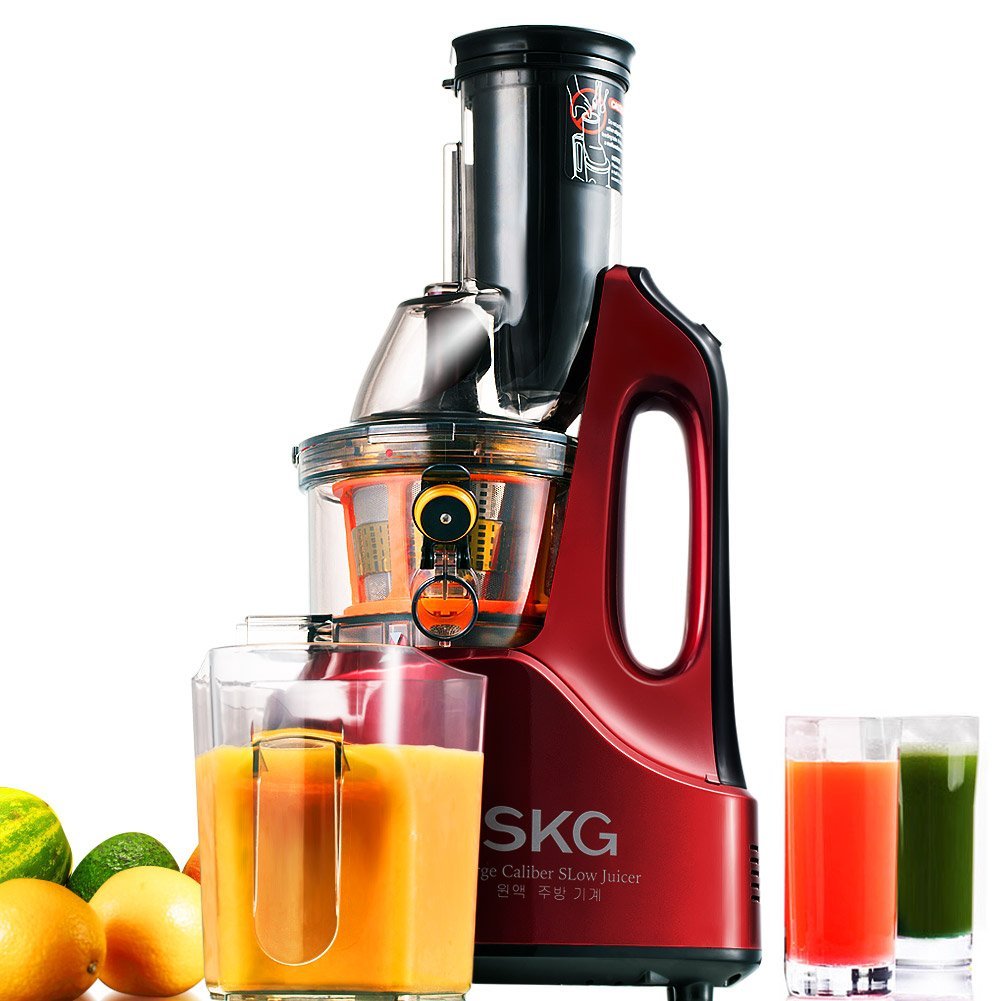 What is a Cold Press Juicer?
What is a Cold Press Juicer?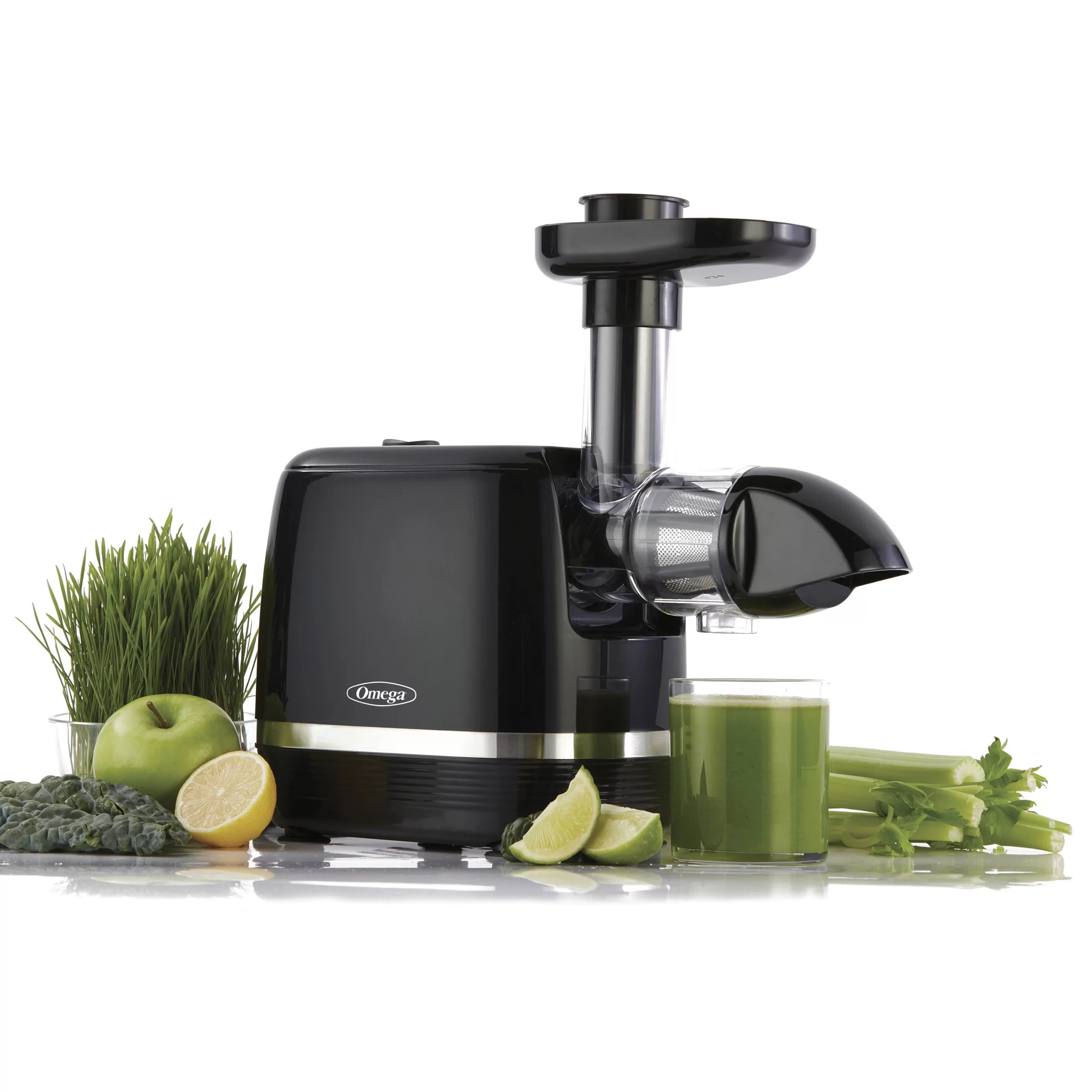 Benefits of Using a Cold Press Juicer
Benefits of Using a Cold Press Juicer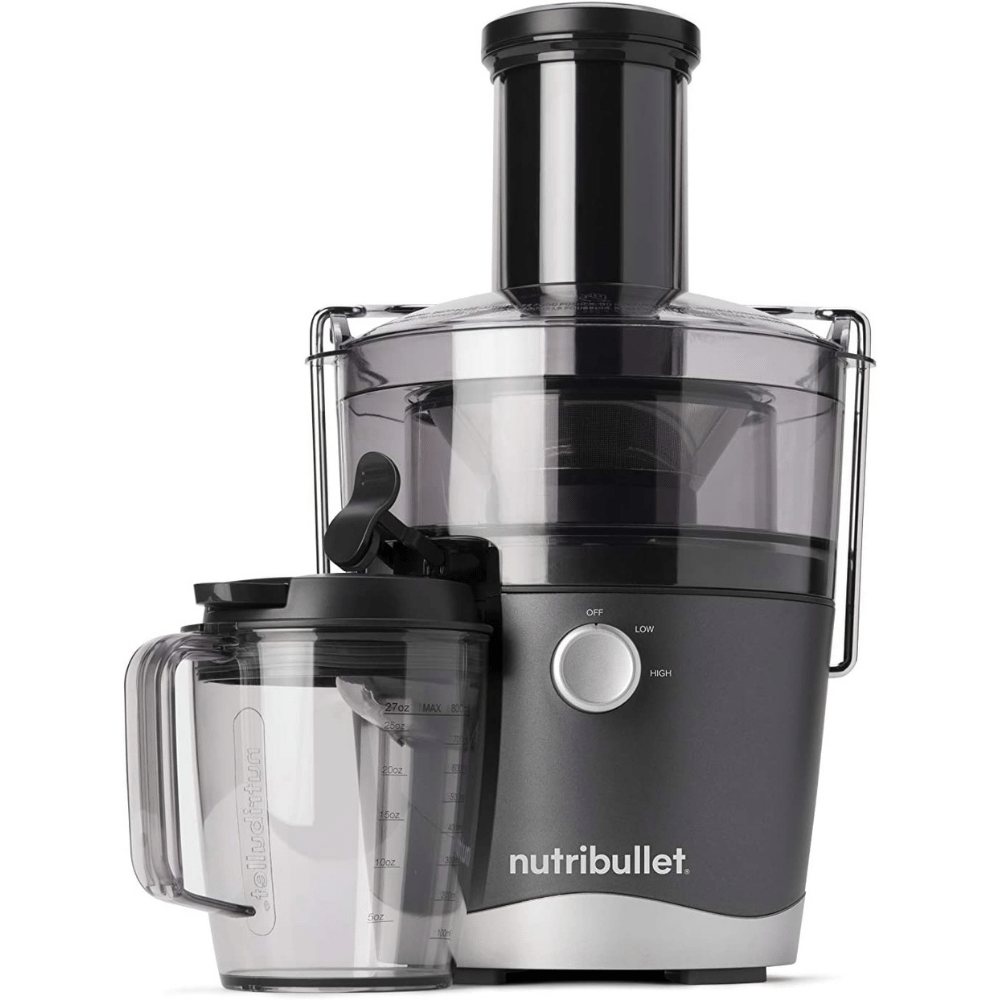 Recommended Recipes for Your Cold Press Juicer
Recommended Recipes for Your Cold Press Juicer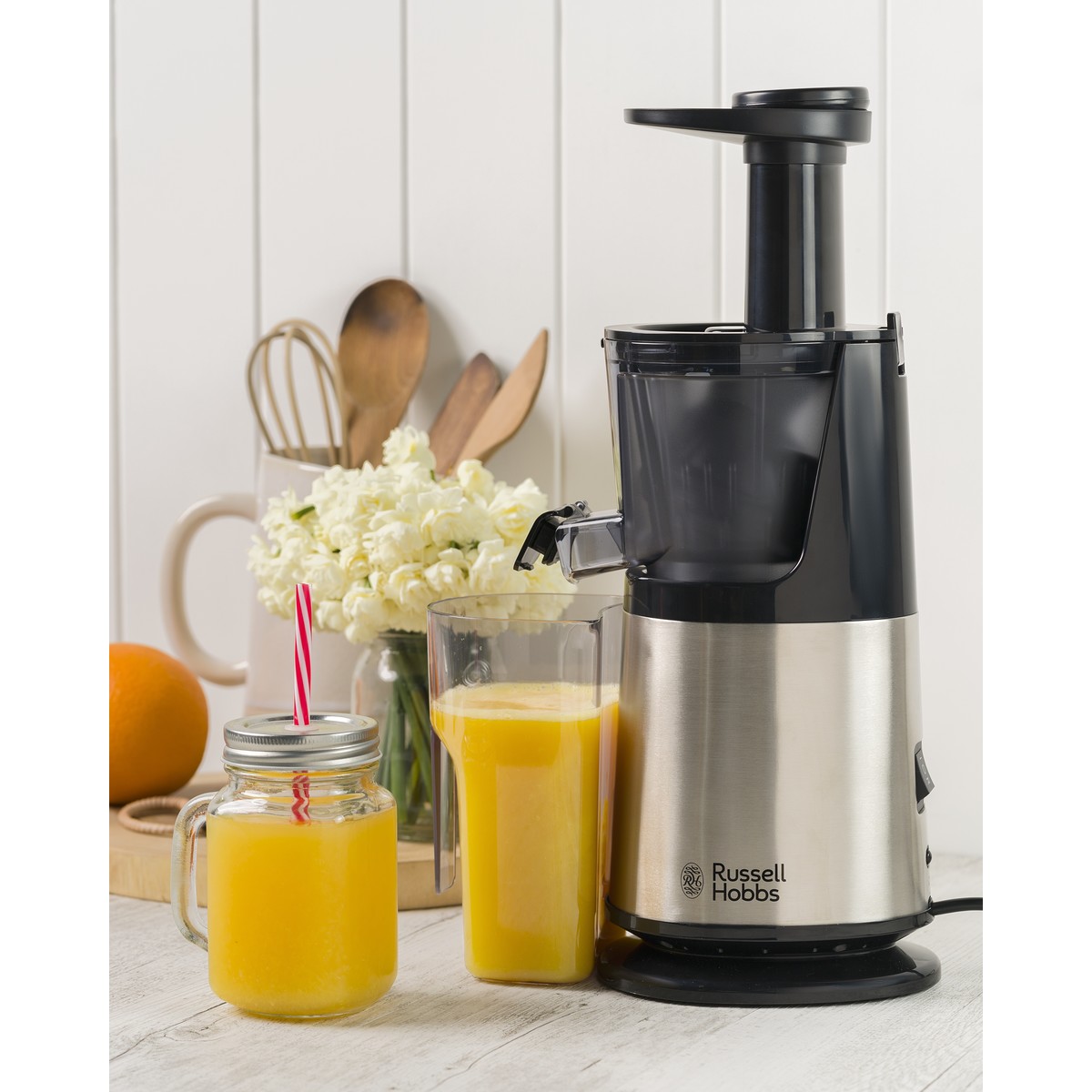 Tips for Using Your Cold Press Juicer Efficiently
Tips for Using Your Cold Press Juicer Efficiently